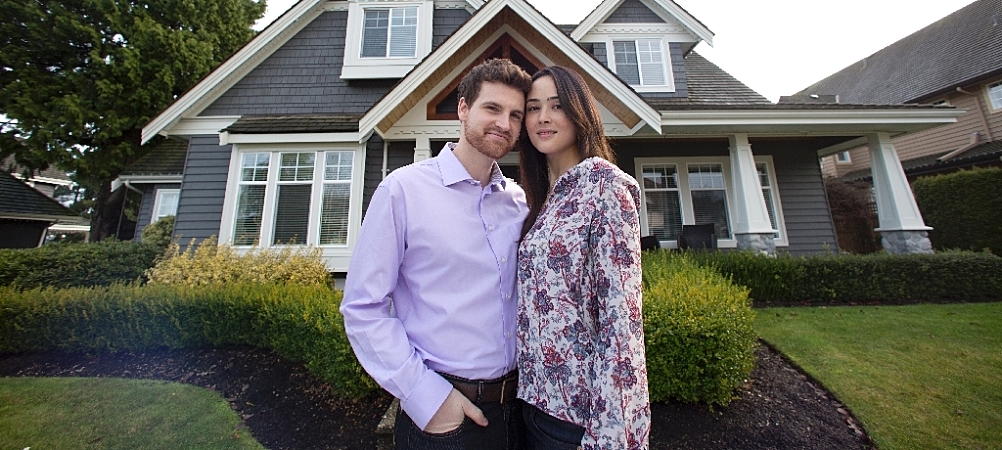Every seller dreams of a quick sale—preferably at or even above asking price. As market conditions across the country continue to improve, those dreams aren't so far fetched. While a competitive asking price is crucial to a quick sale, there are many other, perhaps less obvious elements that also come into play. How can you best present your home to potential buyers? What minor updates or fixtures "wow" home seekers? What must-haves are currently at the top of buyer's lists? Before you get too overwhelmed, we're here to offer some tips and suggestions to get your property ready for a speedy, simple sale.
Competitive Price Point
Listing your home at the most competitive price point will determine how quickly you'll receive offers. Before agreeing upon the value of your home, request for your realtor to run comps of your neighborhood. This will tell you what other homes within your community are selling for, and also provide details around square footage, beds and baths, and any updates to neighboring properties. Always agree to look over an offer, even if you think the number will be low.
Curb Appeal
Though we're taught not to judge a book by its cover, this popular saying doesn't exactly translate in real estate. The curb appeal of your home is incredibly important in that it sends a message to potential buyers, and determines whether or not individuals will request a showing. Fortunately, you can DIY some highly effective curb appeal projects at minimal costs. A new front door in a bright, trendy color invites visitors in from the curb, as do seasonal flowers and a manicured, well maintained lawn. Even the smallest of touches, like upgrading your mailbox or replacing faded pavers make a drastic difference. Replace any outdated window dressings with fresh, modern shutters or opt instead for a nice neutral coat of paint.
Declutter, Minimize and Stage
Staging your home for sale is all about highlighting its strengths and downplaying its weaknesses. The first rule of thumb is to declutter and downsize. Eliminate mail, papers or books from any counter surface, leaving it barren and clean. The Container Store offers an array of decorative bins and boxes to camouflage clutter. If you're house is full of personal mementos, minimize these items and leave buyers with a clean palette. Chunky furniture tends to drive attention away from the space itself, and also can make a room look significantly smaller. Eliminate these pieces and keep only the basics needed to complete a room.

Though it can be costly, hiring a professional cleaning service to scrub down your property from head to toe is worth it. Homebuyers want to walk into a clean, fresh environment that is both welcoming and distinctive. Garnish your entryway or kitchen with a bouquet of crisp scented flowersto add a soft feminine touch.
As for staging your home, ensure the furniture items you've kept flatter each room appropriately. Create a cohesive style that allows home seekers to get a feel for how they could potentially manipulate the space. Neutral colors for both furniture and paint are ideal, even if that means rolling up your sleeves and painting each room yourself. Keep everything organized within your home, from your cupboards to your closets, allowing viewers a chance to see how organized their own lives could potentially be.
Original article written on www.RealtyTimes.com |




